Since its inception in the early 1970s, BioChambers has worked closely with researchers to innovate and deliver.
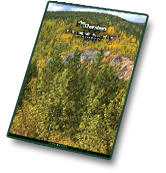
What makes up the Forest and the Trees
Temperate forests at higher latitudes are warming disproportionally more from climate change than forests at lower latitudes. The Temporal Ecology Lab at UBC is doing the hard work of parsing out the important factors to predict forest growth and community changes into the future, ultimately to help direct management and restoration strategies toward ecosystem resilience into the future.
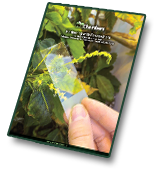
Then and Now: Restoring the American Chestnut
Few restoration projects have bridged plant biotechnology with ecology like restoring the American chestnut (Castanea dentata). For the past thirty years, a research group at the State University of New York, College of Environmental Science and Forestry (SUNY-ESF) has been studying chestnuts (Castanea) with the goal of developing blight-tolerant American chestnut trees.
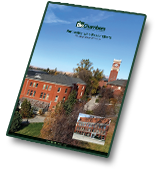
Improving the efficiency of photosynthesis and nitrogen use
Professors Asaph Cousins and Mechthild Tegeder and their labs at Washington State University (Pullman) dig deep into the details of photosynthesis and nitrogen metabolism.
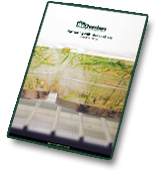
FROM GENES TO JET FUEL: The Promise Of Oilcane
The paths to fossil fuel free energy are as nuanced and complex as engineering sugarcane (Saccharum spp.) to produce oil. Dr. Moni Qiande lives and knows these truths, which help drive her science. Originally from Inner Mongolia, Dr. Qiande did her PhD with Professor Fredy Altpeter at the University of Florida, working to turn sugarcane into oilcane for bioenergy.
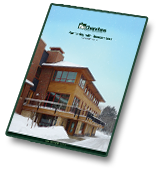
Grapes for the Future
Working as a post-doc at Harvard University, Professor Al Kovaleski conducted innovative research on grapevine dormancy and cold tolerance.
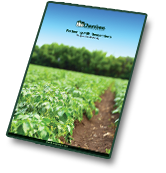
Rising CO2 and its effects on potato crops
Professor Courtney Leisner and her colleagues study how elevated CO2 concentrations and temperatures will affect potato crops with the help of their BioChambers.
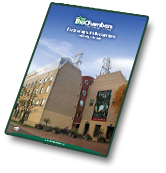
History of the Bigfoot
BioChambers innovated with the University of Toronto to create the Bigfoot™. Working with Professor Rowan Sage, this innovation enabled his research team to grow sufficient replicates of a wide range of plants.
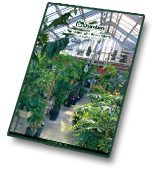
From Seed to Species
A journey through botanical research at Washington State University’s School of Biological Sciences (Pullman) parallels the physiology, ecology, and evolution of a plant itself.
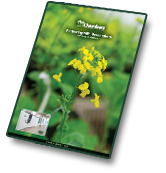
The Versatility of the BioRoom™
BioChambers, with the help of the University of Manitoba, developed the first-of-their-kind walk-in plant growth rooms. The resulting rooms enabled them to study the effects of temperature on Canola growth and development.

Beyond Photosynthesis
Professor Thomas Sharkey at Michigan State University uses one of the largest plant growth facilities in academia, expanding our understanding of stomatal conductance and CO2 assimilation, isoprene emissions, and abiotic stress tolerance.

Vegreville Facility
InnoTech Alberta uses its BioChamber to help plant breeders improve crop resilience to environmental stress. The Vegreville facility precisely simulates field environments including combinations of cold, drought, and heat.
Take a tour of Florida's newest one-of-a-kind Growth Chamber Facility.
Contact the dedicated team of engineers and scientists at BioChambers with your questions directly. We'd be glad to help you with your equipment requirements.